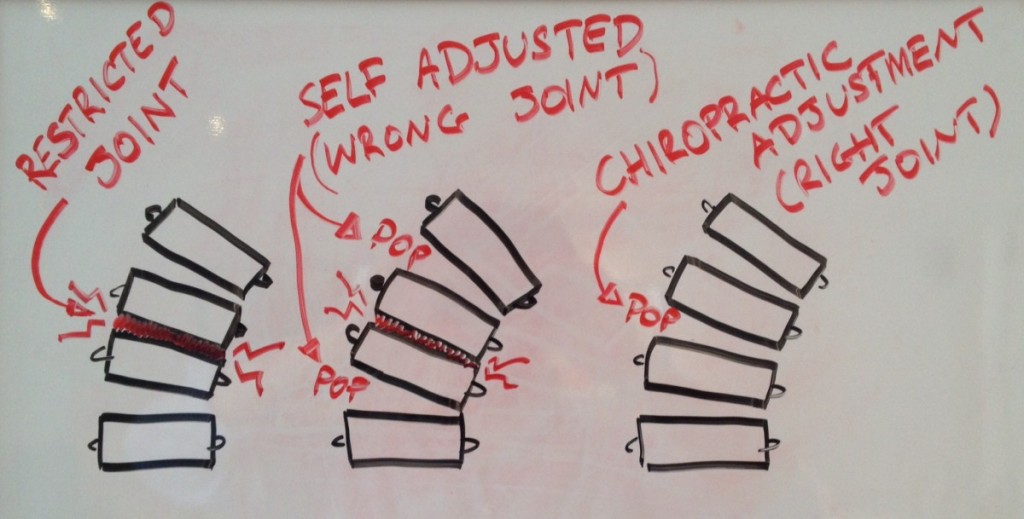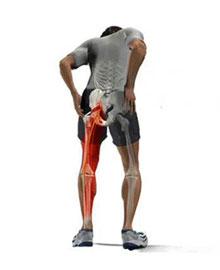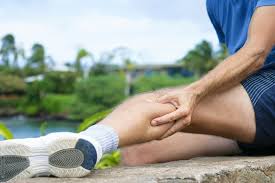Chronic Low back Pain.
Recently I found an informative article about the benefits of Myofascial release, specifically the reduction in EMG activity (spasm) of the low back musculature (Erector Spinae) and pain severity. A recent journal article from February 2019 published in the Journal of Clinical Biomechanics studied a group of 36 people with nonspecific chronic low back pain. This randomised control trial investigated whether myofascial release techniques (soft tissue techniques) altered lumbar spine muscle activity with flexion, pain severity, disability and lumbar motion. This research split the patients into 2 groups, one group received 4 Myofascial release treatments and one group received 4 sham treatments. The results at the end of the study indicated that the patients in the Myofascial release group demonstrated a significant reduction of muscle spasm in the low back when the patient bent over. These patients also reported a significant reduction in the amount of pain in their low back and additionally reported less disability than the control group. This study is very useful for practitioners who treat spinal pain. In our experience we commonly refer patients for soft tissue therapy. Anecdotally we find that by adding Myotherapy to our Chiropractic care it can be helpful in certain cases. This is usually directly to our in-house Myotherapist whose role is to perform a wide range of myofascial release techniques. If the research findings in this article are to be believed, then it appears as if those improvements that we see clinically may be due to the benefits described about, the reduction in muscle spasm and the decrease in pain and disability. This is particularly important in the case of chronic low back pain as was studied in this article. Chronic low back pain is clinically very difficult to treat as it can be complicated by a large variety of factors. These simple yet revealing research articles help to direct practitioners who treat spinal pain into considering myofascial release techniques as a treatment option. Effects of myofascial release in erector spinae myoelectric activity and lumbar spine kinematics in non-specific chronic low back pain: Randomized controlled trial. Arguisuelas M.D. et al. J. Clin. Biomech. March 2019.Vol 63. Pgs 27-33









